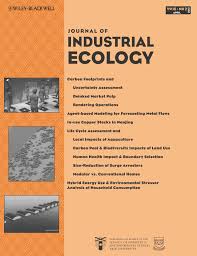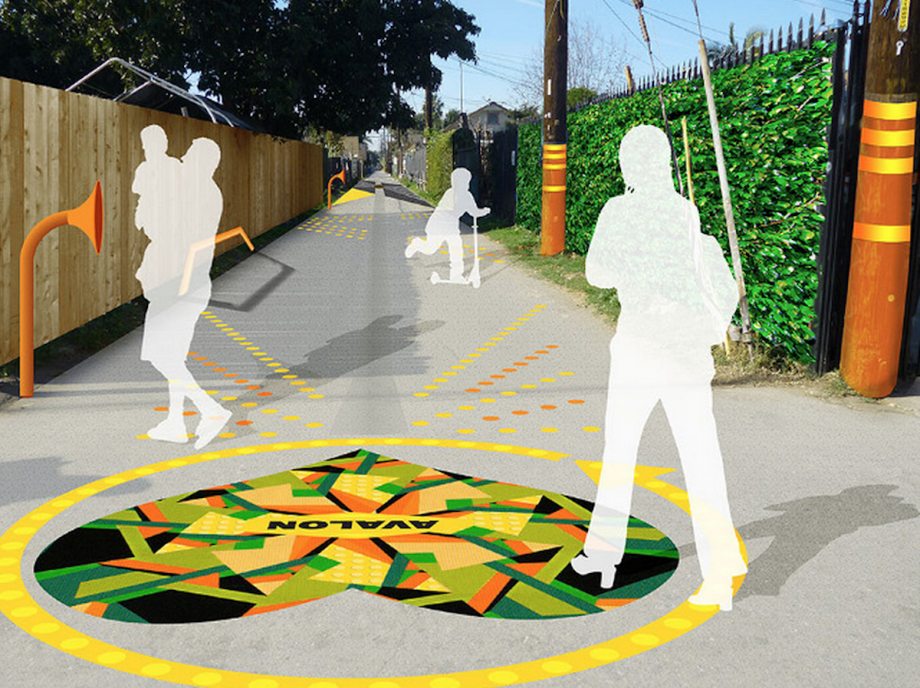
Resilience and complexity: A bibliometric review and prospects for Industrial Ecology



“Traditionally, city planning around green urban redevelopment has been driven by one agency with a single agenda, so there’s been little focus on trying to achieve multiple objectives,” he says. “We can be more strategic in these redevelopment efforts. There’s much greater potential to achieve simultaneous benefits by repurposing neglected urban spaces with more than just one pillar of sustainability in mind.”
Much of Newell’s urban sustainability research focuses on developing new models for what he describes as coupling multiple ecosystem services within a single redeveloped urban space. For example, an empty lot in a park-poor neighborhood can be repurposed as green parkland that serves as open space for residents, a playground for children and a means for abating stormwater runoff.View More
With Sepp Holzer visiting Southeast Michigan this week, I thought it an appropriate time to reflect on the applications of permaculture principles to urban areas.
The word “permaculture” is the invention of Bill Mollison and David Holmgren. Originally it was intended to be a derivative of “permanent agriculture,” (1978) but it has since come to embody the notion of “permanent culture” (Gundersen and O’Day, 2009). Permaculture is an approach to design and engineering of systems that aims to emulate nature’s processes. The focus is on creating closed loop, zero waste systems. More often permaculture is thought of in landscape applications, but its doctrines are relevant to virtually any system. In the center of the diagram below are the three ethical principles of permaculture surrounded by the twelve design principles as described by Holmgren (2002).
Source: Tumblr
Potential urban applications include city planning, organizational structuring, and energy and mobility systems. In fact, Holmgren identified the built environment as a “key domain” for permaculture, in addition to finance, economics, education, culture, well-being, land tenure and community governance (2002). Permaculture systems design embraces adaptability and small experiments that utilize local knowledge, two important considerations for cities grappling with climate change adaptation strategies.
The University of Massachusetts Amherst serves as a living laboratory that demonstrates how permaculture gardening techniques can be integrated into a city’s infrastructure. Otherwise underutilized space, namely lawns, on campus have been converted to edible landscapes that provide fresh produce to the University’s dining halls. Pictured below is one of these spaces, the Franklin Permaculture Garden.
Source: UMass Amherst
Hungry for more? Resilience.org offers an urban permaculture reading list.
Resources:
Holmgren, D. 2002. Ethical principles of permaculture. In Permaculture: principles and pathways beyond sustainability, 1–12. Hepburn, Australia: Holmgren Design Services.
Gundersen, D. and T. O’Day. 2009. Permaculture, a natural systems design approach for teaching sustainability in higher education: Pacific University’s B-Street permaculture project. In Addressing Global Environmental Security Through Innovative Educational Curricula. ed. S. Allen Gil et al. Springer Science + Business Media BV.
Mollison, B., and D. Holmgren. 1978. Permaculture one: A perennial agriculture for human settlements. Melbourne, Australia: Transworld Publishers.